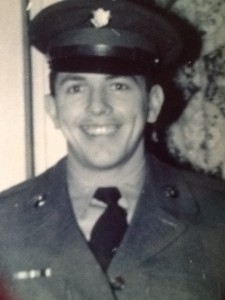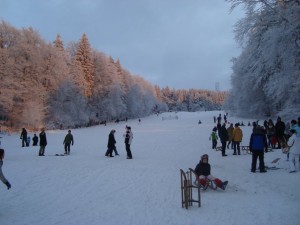There are two Sequoia trees (Sequoiadendron giganteum) near the Frankfurter Forsthaus located in the Oberursel forest.
If you live in the Oberursel area, enter the Rosengärtchen at the U-Bahn station An der Waldlust. Walking downhill a bit, you’ll soon see a sign pointing you to the Tierheim (animal shelter). Follow this road into the woods, pass the Tierheim, and you will soon come to and intersection and see the trees on the left side. Walking time: 20 – 25 minutes
These trees were planted around 1860. One of our international friends asked me if I knew who planted them. As of now, I have only learned that 1860 was a significant year in Europe’s history.
As these tree have been planted close to the Frankfurter Forsthaus in the Oberursel forest (closer to Oberstedten and Bad Homburg), I suppose it might have something to do with all the important people and events in Bad Homburg.
Certain events in 1960:
* Bad Homburg got connected to Frankfurt by rail.
* Emporer Wilhelm II. started using the Bad Homburg castle as his summer residence on a yearly basis.
* The Bad Homburger Kurverein was founded.
* In the year of 1860 alone, there were 275 000 Kurgäste (spa visitors) in Bad Homburg.
* The Gotische Haus (Gothic House) bordering the city limits of Bad Homburg came into possession of the forest landgraviate( landgräfliche Forstverwaltung).
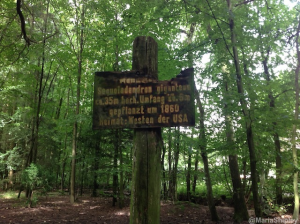
Sequoia sign in Oberursel Forest
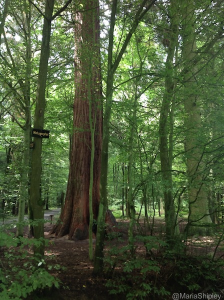
Oberursel Forest
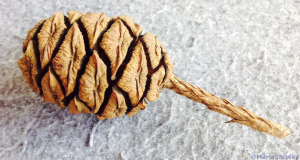
Sequoia cone and seeds
Looking for information about 1860 Deutschland, there are about 9,560,000 results. Searching for 1860 Bad Homburg, the net comes up with 126,000 results.
Who planted these two Sequoia trees? If you know, feel free to share it here with us.

